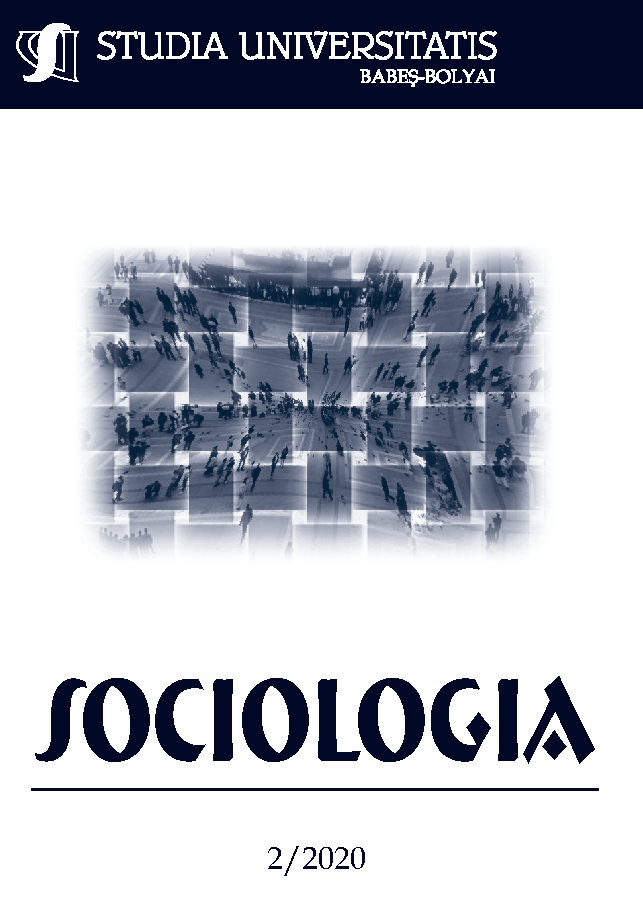UNEVEN EUFICATION, THE SPATIAL FIX AND THE DOMINANCE OF ECONOMIC OVER SOCIAL POLICIES
UNEVEN EUFICATION, THE SPATIAL FIX AND THE DOMINANCE OF ECONOMIC OVER SOCIAL POLICIES
Author(s): Enikő VinczeSubject(s): Social development, Social Theory, Rural and urban sociology, Political Ecology, Economic development, Globalization
Published by: Studia Universitatis Babes-Bolyai
Keywords: spatial fix; uneven EUfication; capital accumulation; uneven development;
Summary/Abstract: I am proposing to use the term EUfication to define the process of creating the EU as territory out of the geographical disparities (re)produced across the core and periphery of Europe. The article contends that EUfication is a manifestation of the phenomenon of spatial fix. In a first step, it describes the dynamics of territorial unevenness within the EU: on the one hand, by some relevant socio-economic cohesion data compiled from Eurostat indicators, and – on the other hand – through the diagnosis on spatial injustice in different Member States, as it was revealed by a comparative research conducted between 2017-2019. Furthermore, my analysis explains territorial unevenness by reconstructing the well-known historical formation of the union through a less acknowledged perspective, i.e., in the context of the changing regimes of capital accumulation. The article concludes that the theory of spatial fix allows us recognizing: the position and timing, from which and when different countries took part in the process of EUfication is a factor leading to the persistence of uneven territorial development among the European core and periphery. My contribution to theorizing on this process consists in bringing together the perspective of the spatial fix with the critical analysis of how is the social dimension paradigm overshadowed by the economic concern of capital accumulation in the socio-economic governance of the European Single Market, including the politics of territorial cohesion.
Journal: Studia Universitatis Babes-Bolyai - Sociologia
- Issue Year: 65/2020
- Issue No: 2
- Page Range: 5-33
- Page Count: 29
- Language: English

